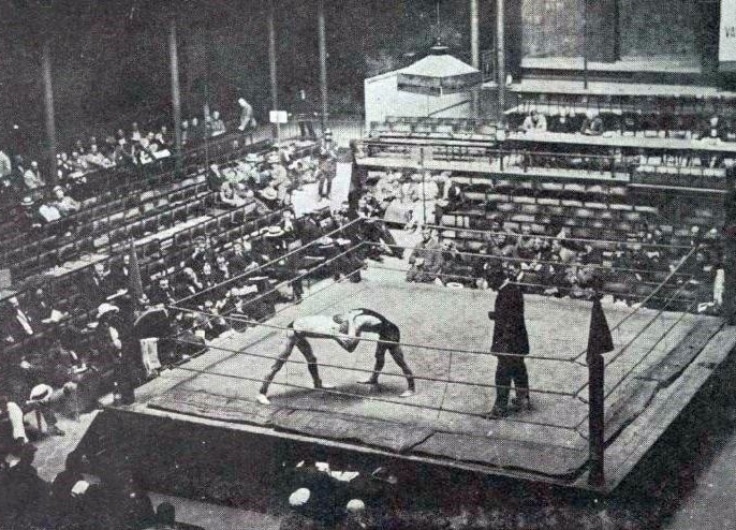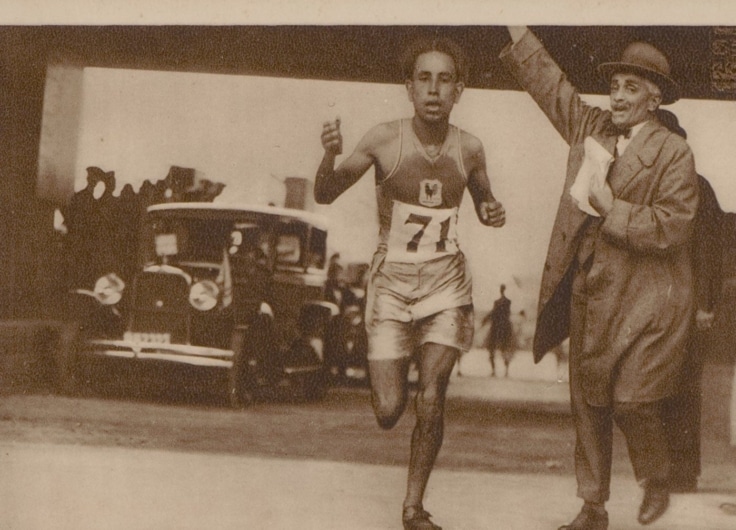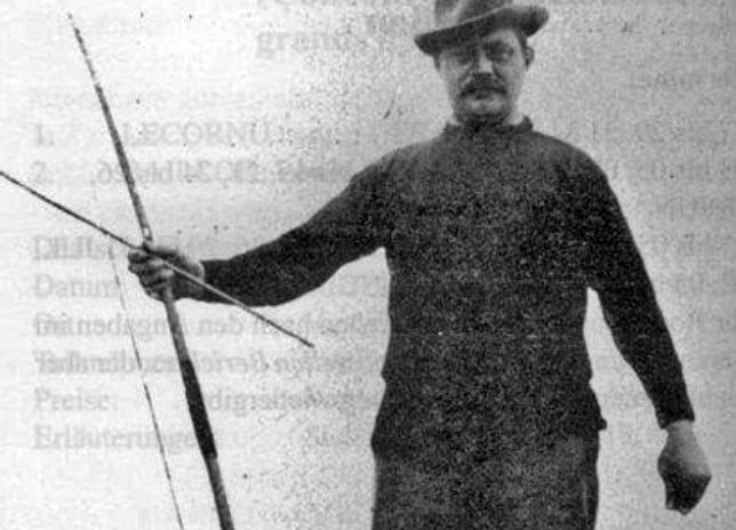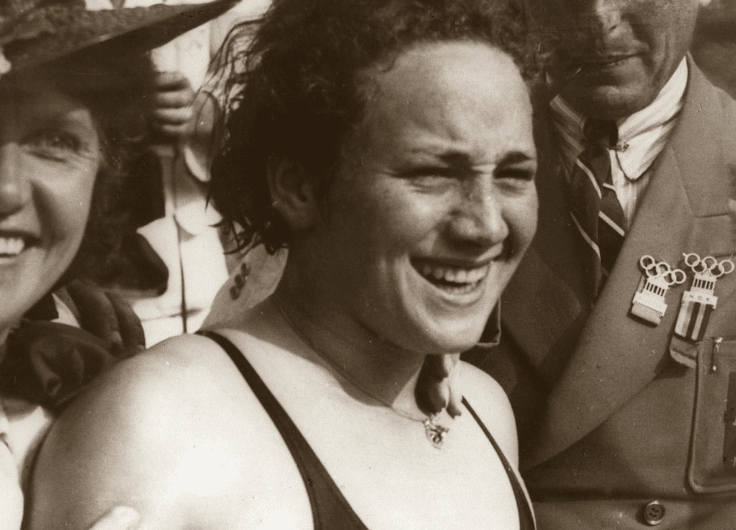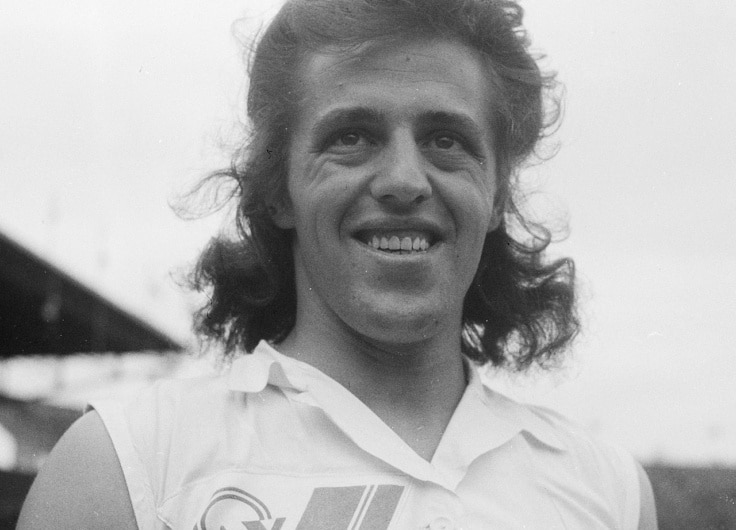Why Dutch Sportswomen Triumph Worldwide
It is one of the most striking trends in the international sports world: at major sporting events, Dutch women are winning one medal after the other. This is not only due to luck; the reasons behind this success can be found outside the sport and the sports experience itself.
Ellen Fokkema never intended to reform soccer or write sports history, but in the summer of 2021, she did.
From the age of six, Ellen played soccer at Foarút, an amateur soccer club in the fourth division, located three kilometres by bike from her home. Ellen went through all age categories and became a technically strong midfielder with good game sight. She played in teams with boys until the day she turned eighteen. At that moment Ellen was considered to be a grown woman and – according to the guidelines of the Royal Dutch Football Association – she was no longer allowed to play soccer with the boys with whom she had developed a bond over many years, eventually reaching the first team.
Ellen was eager to continue playing soccer in the first team, not only because of her friends, but also because of the challenge. “I like action. When I play soccer with men, I have to give 110 percent. That excites me more.” She requested dispensation from the Football Association several times. Initially without result, but after much insistence, the soccer association decided to start a trial period where Ellen would be playing in a team with all men. The pilot succeeded: at the end of the season the association concluded that the regulations were outdated. Women should be able to find a suitable place across soccer competitions, based on their qualities and ambitions. It meant that Ellen was allowed to play soccer with her friends again.
Ellen stood up for all women who love soccer. Her efforts illustrate the will of Dutch sportswomen: determined, empowered, ambitious and averse to gender inequality. These are key ingredients to the success of Dutch women’s sports.
Feminisation of the sports
In the Netherlands, girls can play any sport they want to play. There is often a split in gender in adulthood, but no distinction in gender when it comes down to type of sport or sports activity. Boys and girls, men and women, roughly engage in sports activities for the same amount of time. In recent years, more and more women have discovered, in addition to soccer, other typical “men’s sports” such as car racing, bobsledding, boxing, rugby and chess. In these sports, girls are taken just as seriously as boys. Their sports facilities are the same and they are encouraged to excel just as much. This is paying off in more than just sporting performance. As journalist Thijs Zonneveld wrote: “Whether it’s the women who play handball, volleyball, or field hockey, or track and field athlete Dafne Schippers: each time the tenacity and will to win stands out, but above all, the pleasure is palpable.”
In recent decades, Dutch women have become profoundly emancipated, and this is reflected in top-level sports, visible at the European, global and Olympic levels. While there are more medals to be distributed at the Olympics for men than for women, Dutch female Olympic athletes finish on the podium significantly more often than male athletes. In most countries, it’s the other way around.
From titillating to successful
That triumph, however, had a very rough start. The founder of the International Olympic Committee, the Frenchman Pierre de Coubertin, believed that women were biologically unfit for sport and that the appearance of sporty dressed women would titillate the male senses and distract from the main thing: sport. At the first modern Olympics in 1896, women were naturally excluded. From 1900, women were not allowed to participate in the games because it was not the International Olympic Committee but the organizing committees that determined the program. Nevertheless, the number of female Olympic athletes remained very small, as did the disciplines in which they were allowed to compete: golf and tennis. Gradually, archery, figure skating, swimming, fencing and gymnastics were added.
The founder of the International Olympic Committee believed that women were biologically unfit for sport
At the 1928 Olympic Games in Amsterdam, the Dutch women won a medal for the first time (gold in gymnastics). The Dutch swimmers frequently appeared on the podium at the following Olympiads. In 1936 in Berlin, Rie Mastenbroek won three gold medals and one silver medal, becoming the most lauded female Olympic athlete of all time. After World War II, another Dutch woman took over: the track and field athlete Fanny Blankers-Koen (the “flying housewife”) won four gold medals in 1948 in London. Rie and Fanny delivered exceptional performances from both an international and a Dutch perspective.
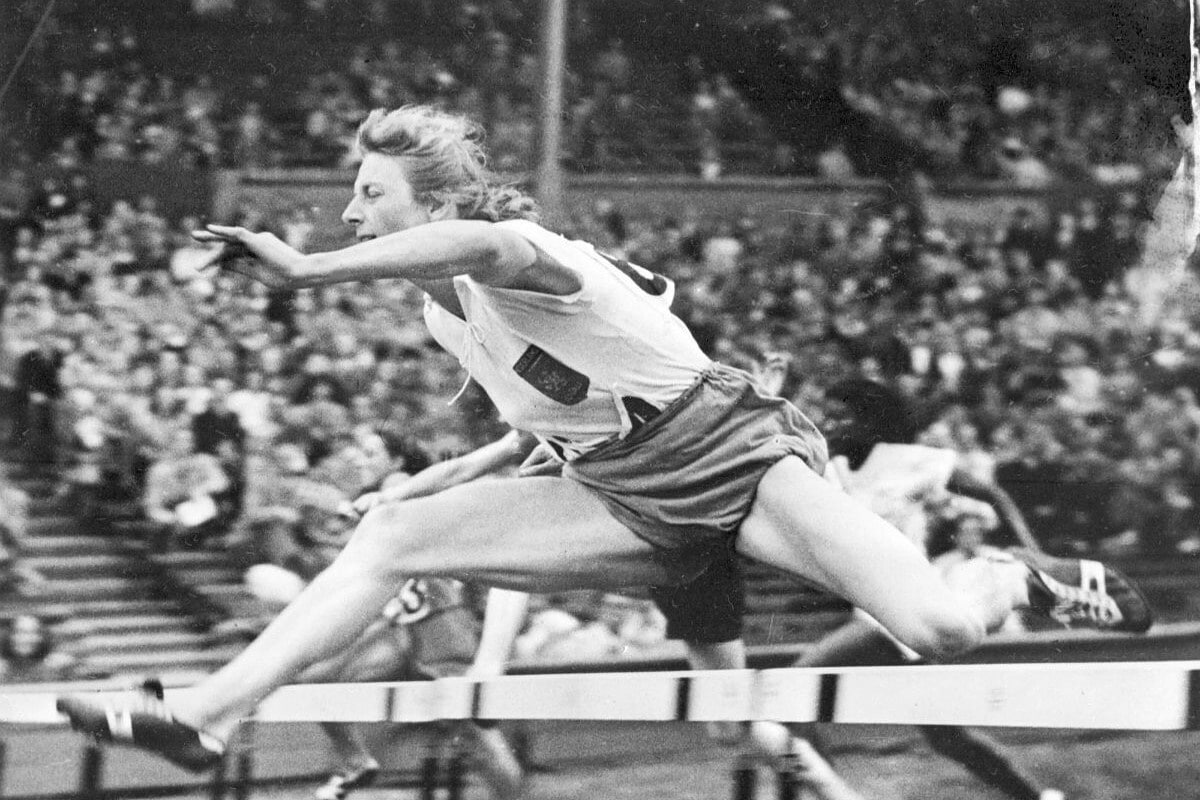 Fanny Blankers-Koen aka 'The flying housewife'
Fanny Blankers-Koen aka 'The flying housewife'© Wikipedia
In the first half of the twentieth century, the Netherlands was not at the forefront of the emancipation movement. Around 1960, the women’s movement finally made some progress. The law that prescribed that women were fired if they wanted to marry disappeared and the contraceptive pill was no longer banned. Part-time jobs and daycare centres started to become more common so that women could combine their care responsibilities with a job. There was room for development and thus for sports. Olympic success remained occasional for a long time, but mothers who worked out became more accepted and an inspiration to their daughters and granddaughters. Each generation was more competitive, ambitious and professional than the previous generation. The end of the second millennium marked a new era. At the Olympic Games in Sydney in 2000, worthy successors of Fanny and Rie stepped onto the podium: racing cyclist Leontien Zijlaard-van Moorsel, horsewoman Anky van Grunsven and swimmer Inge de Bruijn.
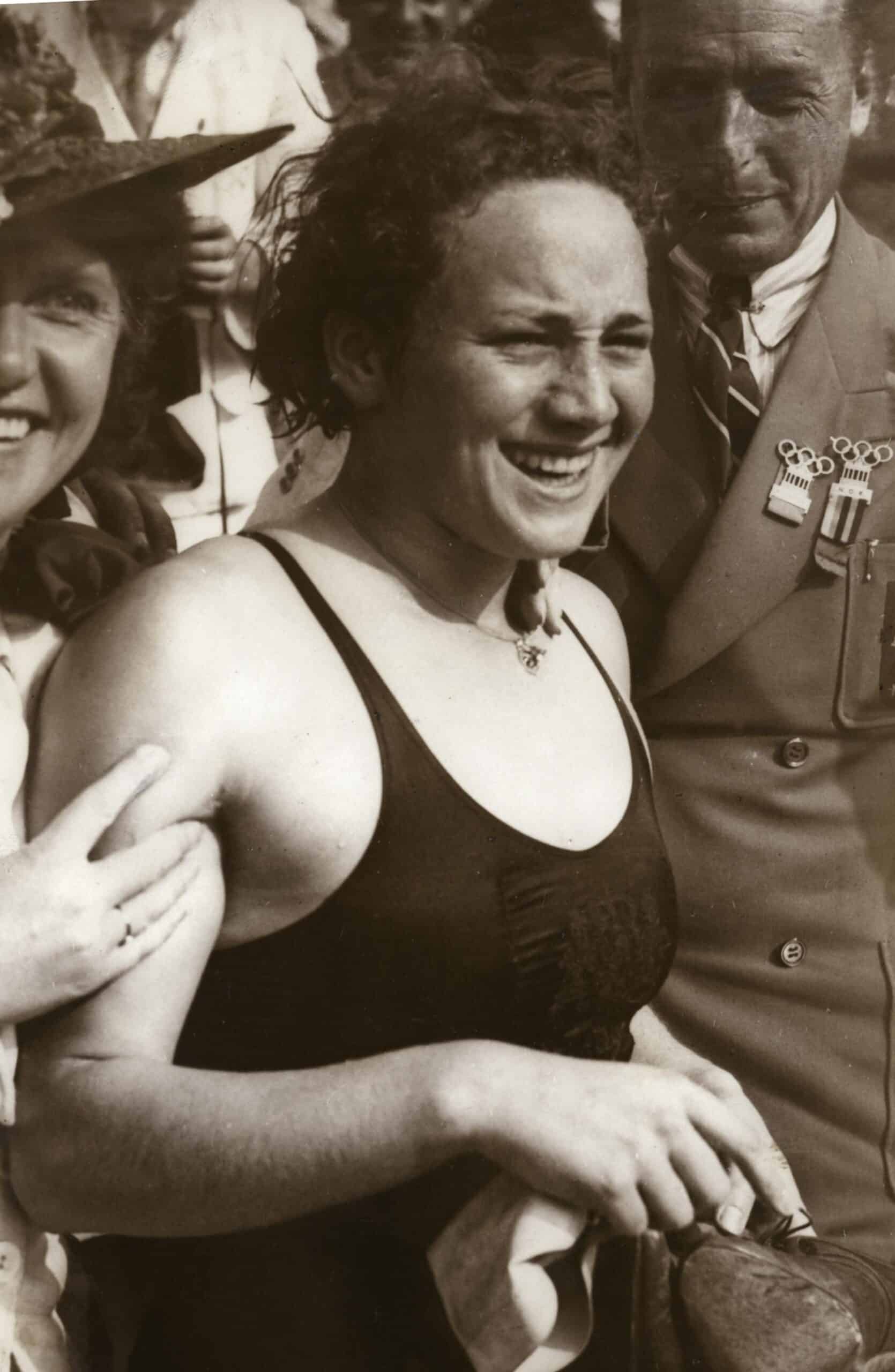 Swimmer Rie Mastenbroek
Swimmer Rie Mastenbroek© Wikipedia
Starting in Sydney, the Netherlands has won no less than 102 Olympic medals at the Summer Games. Seventy percent of those were won by women, even though there were fewer sports disciplines for women at those five summer games and thus fewer medals to win. The Dutch women excelled in a variety of sports: cycling, swimming, sailing, field hockey, rowing, horseback riding and athletics. In (beach) volleyball, handball, water polo and soccer, the Dutch women have a growing presence at a global level also.
The land of passionate giantesses
The success of the Dutch women can be explained by a combination of factors. Most important, however, is the ingrained assertiveness and mentality of Dutch women; they stand up for themselves. Leontien Zijlaard-van Moorsel: “We are not humble. If we want something, we just say it. I also thought: why can’t a woman train as much as a man? So what? What Erik Dekker could achieve; I should also be able to achieve. He can cover more training just because he is a man? I don’t think so. As a young girl, I went to Spain on my own to train with older men. Away from your safe environment. But if you want to achieve something, you have to take those steps. Swimmer Inge de Bruijn did the same thing. She went to America to train very hard.” What men can do, women can do as well and even better, according to the Dutch ladies. Self-confidence is an essential quality in such a performance-oriented environment as elite sports.
The Dutch naturally have an advantage over the rest of the world: nowhere else are taller people born
In addition to the strong, stubborn will of the Dutch women, there is also a physical aspect: the Dutch naturally have an advantage over the rest of the world: nowhere else are taller people born. Height is an advantage in many sports, such as rowing, athletics and water polo. The average Dutch woman is 4 centimetres taller than the average Belgian woman and even 6 centimetres taller than the average French woman. In addition, these Dutch giantesses have been physically active since childhood from all the cycling on their bikes. The Netherlands has a great infrastructure for cycling and it is used to the fullest. An average Dutch person cycles about 850 kilometres a year, whereas a Belgian person pedals an average of just over 300 kilometres a year and a French person less than 90 kilometres. Dutch children cycle to school and their sports club in safe conditions and in the process, they gain fitness and strength.
Zijlaard-van Moorsel: “We have an amazing country, of course, with very good cycling paths and every imaginable type of weather: wind, storm, rain, hail, wet snow. They have much less of that in Southern Europe. We are practically born with a bicycle under our asses, even the girls.” In addition to the active cycling culture, each village has a variety of sports clubs, creating a high density of competition and mutual rivalry, an ideal recipe for a playful and competitive existence. With their physical and mental strength, good infrastructure and competitive preparation, Dutch girls are likely to achieve athletic success. There’s another thing that is important to reach and retain the highest podium: money.
 Leontien Zijlaard-van Moortsel
Leontien Zijlaard-van Moortsel© Wikimedia Commons
Roughly 25 years ago, the Dutch sports organisation NOC*NSF set the ambition of structurally owning a spot in the top 10 in the Olympic medal table. Since then, the Dutch collective investment in elite sports has more than tripled from around 95 million euros per Olympic cycle to almost 300 million. The NOC*NSF aims for more medals, in more disciplines, with more impact. The policy is not specifically aimed at women, but at the most promising athletes. In the Netherlands, as many men as women have an elite athlete status. However, because the level of international women’s sport is relatively lower than that of men’s sport in many disciplines, female elite athletes benefit more from the ambitious policy than their male colleagues. And so, an equal investment leads to a strikingly feminine success.
The heroines of today
Fanny Blankers-Koen and Rie Mastenbroek were not yet able to provide many successors due to the lack of emancipation, but society is now ready for this. In recent decades, successful sportswomen have caused a chain reaction. They became, partly due to the media, appealing role models.
An example is Yvonne van Gennip, who was put in the spotlight as a new talented speed skater in the mid-1980s. Despite strong competition from the GDR women, Van Gennip won three Olympic gold medals in Calgary in 1988. She showed that with sheer hard work, it is possible to reach the highest winner’s podium and be rewarded with a tribute from the royal house and plenty of media attention. Van Gennip set an example for the following generations, such as Marianne Timmer, Jorien ter Mors and Ireen Wüst. The latter has been the greatest Dutch Olympic athlete of all time since Beijing 2022. At five consecutive Olympic Games, Wüst won a gold medal at an individual distance. Her total Olympic score stands at twelve medals, which she achieved with her intensely strong will to win and relentless work ethic. Images of her training sessions were used as an example for male professional athletes in American ice hockey and American football.
Similar to cycling, skating is deeply rooted within the soul of the Netherlands. From toddlerhood, the Dutch have been putting skates on in winter to skate over lakes and ponds and practice at many skating clubs – many of which have already celebrated their centenary. And here, too, the somewhat seasonal infrastructure leads to structural success for the Dutch ladies at the Winter Olympics. In early 2022 in Beijing, Irene Schouten won three gold medals in speed skating at an Olympiad, in doing so achieving the same score as Yvonne van Gennip.
The Olympic successes of Dutch athletes are no longer incidental or fleeting. Several sportswomen managed to maintain their high level at multiple games. The appreciation of their athletic success also shows after their sports career with interesting offers from business, sports or media. Former top athletes often become speakers, coaches, directors, television personalities, sports analysts or promoters.
Paris 2024
The Dutch may be good at sports nowadays, but in French society, sport has played an important role for generations. Pierre de Coubertin believed that sport could fraternize countries and people and thus promote world peace. A wonderful vision, but limited to men’s sports. A compatriot of de Coubertin achieved a breakthrough in this vision and in the emancipation of international women’s sports: Alice Milliat.
An enthusiastic rower herself, Milliat pleaded for the inclusion of women’s athletics on the program of the 1920 Olympic Games in Antwerp, in addition to the then customary women’s-friendly disciplines. This very progressive request was rejected, and Milliat subsequently organized her own ‘Women’s Games,” which would be held four times and would draw attention to women’s sports. Her activism made basketball, soccer and athletics more accessible to women both in France and internationally. Women’s athletics were on the program at the 1928 Olympic Games in Amsterdam, and in the following Olympiads, the number of female athletes and women’s disciplines continued to increase.
For the first time, as many women as men are competing in the Summer Games in Paris
Despite the decisive Milliat, emancipation in France gradually stagnated. At the last five summer games, a total of 142 French men and 75 French women won an Olympic medal. A considerable contrast with the Netherlands, but also with Belgium where the number of medals won by men and women is exactly balanced, in particular thirteen. That the Belgian medals are balanced is extraordinary, and that Dutch women win 80% more medals than their male compatriots is exceptional. Perhaps it is also an inspiration for the French women, as they seem – in spite of the convincing superiority of their male compatriots – to be on the rise.
During the Summer Games in Bejing, 15 French women won a medal and that was only one less than the total number of medals won by the French men, a true break from the trend. If this trend continues and the number of female participants grows simultaneously, we could easily see more French women reaching the podium than French men in the Paris 2024 Summer Olympics. And who knows, they might even surpass the Dutch ladies. Furthermore, in the country of sports enthusiasts Milliat and De Coubertin, for the first time, as many women as men are competing in the Olympiad in Paris.
The fear that female athletes only cause distraction is long gone.


